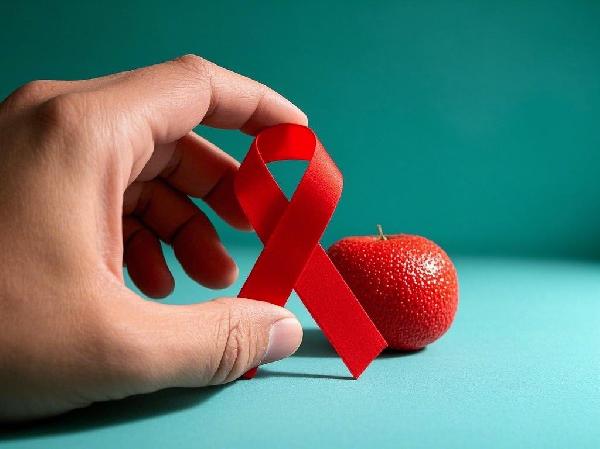AIDS (Acquired Immunodeficiency Syndrome) is a severe, chronic, and progressive infectious disease caused by the human immunodeficiency virus (HIV), which invades the human body, destroys the immune system, and leads to various incurable infections and tumors, ultimately resulting in death.
HIV is primarily found in the bodily fluids of HIV-infected individuals or AIDS patients, including blood, semen, vaginal secretions, breast milk, and wound exudates. Any behavior that can cause the exchange of bodily fluids has the potential to transmit HIV. There are three main routes of HIV transmission: sexual contact, blood transmission, and mother-to-child transmission. Approximately three-quarters of HIV infections worldwide are transmitted through sexual routes. The HIV virus is very fragile outside the human body and can only survive for a few hours to a few days at room temperature. It can be killed with soap, hot water, or bleach. HIV cannot be transmitted through air, water, coughing, sneezing, mosquito bites, sharing toilets, sharing phones, sharing utensils, social kissing, swimming, or hugging.

What are the initial symptoms of AIDS?
Some patients may not show clinical symptoms in the early stages of HIV infection, but most individuals experience HIV viremia and acute immune system damage within 6 days to 6 weeks after infection. The initial symptoms of AIDS mainly include:
1. Respiratory infection symptoms: fever, fatigue, sore throat, and general discomfort resembling upper respiratory tract infection;
2. Headache and rash: some may experience headaches, rashes, meningitis, or acute polyneuritis;
3. Lymphadenopathy: swollen lymph nodes in the neck, armpits, and occipital region, similar to infectious mononucleosis;
4. Hepatosplenomegaly.
How to detect AIDS early?
If someone suspects they may have been infected with AIDS, it is recommended that they pay attention to timing. This is because the HIV virus has a so-called "window period" in the human body.
There is much debate in the medical community about how long the window period lasts, with some saying 6-8 weeks, others saying 3 months, and the most conservative estimate being 6 months! The domestically accepted view is 3 months. The window period should be calculated from the time of high-risk behavior or blood transfusion. For example, if you engaged in high-risk sexual behavior or received a blood transfusion on January 1st, you should get an antibody test 6 weeks later, on February 12th. The number of HIV viruses in the infected person's body will reach a peak at this time, making them highly contagious. The acute infection period also occurs during this time. The internationally recognized window period is 6 months, but with advances in testing methods, the window period has been significantly shortened.
Antibodies may appear 4-12 weeks after HIV infection. When the window period ends, HIV antigens are neutralized by a large number of HIV antibodies, making them undetectable. Therefore, during the latent period, testing for anti-HIV antibodies can diagnose whether a patient is an HIV carrier. However, if there are few HIV viruses and the viral load in the body is low, the antibodies produced by the body may neutralize the virus during periods of confusion, making it impossible to detect antigens during the latent period, and thus preventing an accurate early diagnosis of acute AIDS.
When the latent period ends, HIV antigens rapidly increase, indicating active replication of the virus in the body. The clinical symptoms and signs of AIDS appear one after another. Therefore, during the latent period, regular testing of HIV antigen levels can help detect the virus early and serve as a measure of treatment efficacy and a predictor of whether AIDS symptoms will alleviate.
























